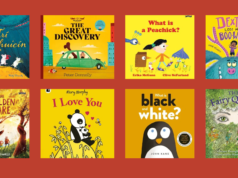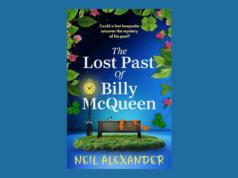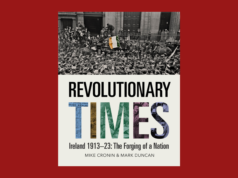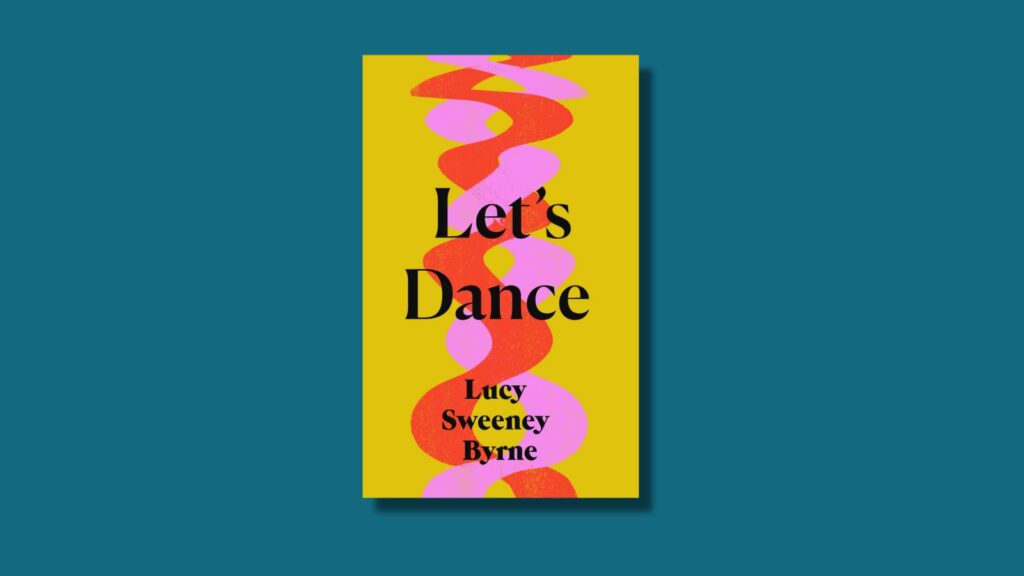
Let’s Dance|Lucy Sweeney Byrne|Banshee Press
Let’s Dance by Lucy Sweeney Bryne—ever constricting circles in a masterful collection
by Ruby Eastwood
Let’s Dance is a study of claustrophobia. Each of the stories in the collection enters the feeling from a different angle. The kind of entrapment Lucy Sweeney Byrne so unflinchingly describes is specifically feminine and modern. The women in her stories understand, dimly and with instinctive panic, that the lives they find themselves in are not the ones they have chosen, and that these makeshift lives will continue to constrict around them as the years go by until there’s no room to breathe.
Some of the stories, like ‘Night Classes’ and ‘Let’s Dance’ are pure psychological realism, while others, like ‘Shell’ and ‘To Cure a Body’ function as oblique parables. Then there’s the gorgeous, experimental montage that is ‘Meantimes’, or its slightly more conventional counterpart, ‘Echolocations’. Underneath these stylistic differences, though, the pulse is the same. Each story is working through permutations of the same themes.
these makeshift lives will continue to constrict around them as the years go by until there’s no room to breathe
A recurring premise in Let’s Dance: a woman is trapped in a confined space, wondering how to get out. In ‘Night Classes’, the opening story, Emma’s desire to leave her fraught marriage is dramatised in her attempts to get out of the house. She hovers by the front door, calls up to her husband, who’s in bed sulking. ‘She was tempted to just go, but also knew that this would cause more trouble later.’
Finally, she does make it out, and experiences a surge of wildness. ‘She was still young enough, could still be free, and she understood in this moment that she would be, soon, again- she could fucking feel it.’
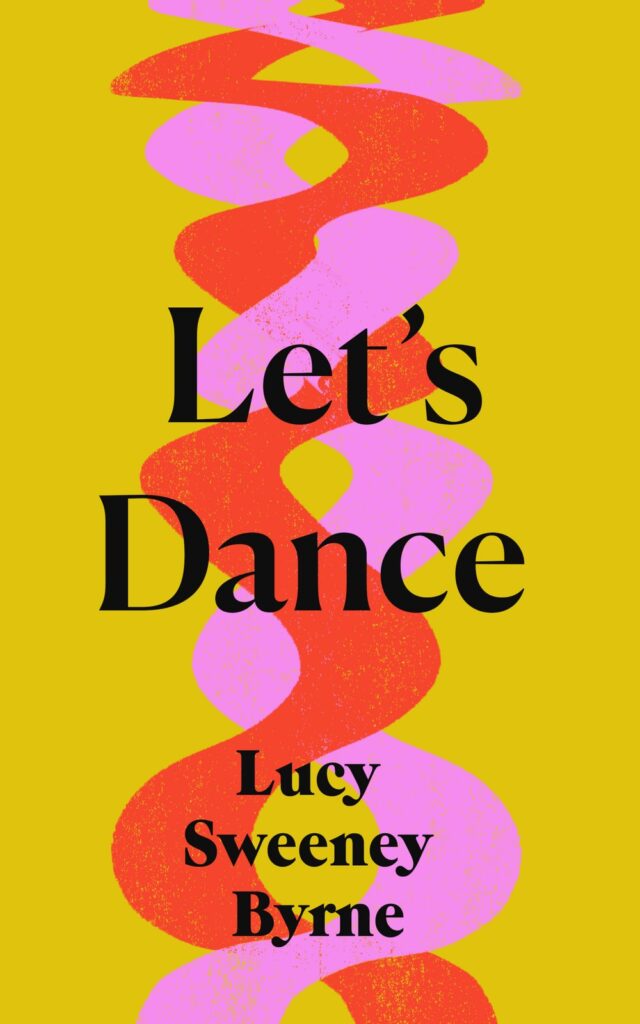
Even though the freedom described here is shot through with a heavy foreboding, at least it’s glimpsed. The women in the other stories are not so lucky. ‘Shell’ describes a bulimic who marries a feeder, and grows so fat that she can no longer fit through the frame of the bedroom door. ‘But, my love, what do you need to go downstairs for?’ her husband coos, ‘Look, I can put a TV in here, all the channels, movies, and it’s warmer and more comfortable to eat up here anyway.’ The dark twist is that she doesn’t even want to escape, viewing her new domestic imprisonment as a reprieve from ‘the agony of existing in the world’.
‘Shell’ describes a bulimic who marries a feeder, and grows so fat that she can no longer fit through the frame of the bedroom door
In the final, Beckettian short story, ‘Honey Valley’, a dying woman is stuck in her house with her incontinent husband, who is even closer to death.
It was idiotic, even strangely embarrassing, that they, two people who had lived fully in the world, were going to die like this, alone and forgotten, in a bungalow, on a lane, with neighbours out there right now, not too far away, moving around their farms and houses, watching TV and working and cooking meals; and beyond them, villages, towns, cities, all bustling with people, people who might help, if they could only be alerted.
The sense of all that life, all that freedom and movement just out of reach, only registers as an insult to the embittered and entrapped.
The titular piece in the collection is a portrait of a woman’s psychological unravelling, set in a coked-up house party attended by a bunch of sanctimonious bores. The protagonist, Kate, despises them but they’re the only friends she has. It’s tightly structured around the circling of the plate of lines that is passed around and around. With each loop, she spirals deeper into her sexual history, her filial guilt, her loneliness. Her disdain leaks onto everything and everyone. It’s a sympathetic disdain because it’s so clearly borne of self-contempt.
The titular piece in the collection is a portrait of a woman’s psychological unravelling, set in a coked-up house party attended by a bunch of sanctimonious bores
These men had good jobs, yet still, she mused, over the years they only ever seemed to manage to accrue, at most, a Renault Clio (or if they were proper wankers, an Audi or a secondhand BMW) along with a mouldy damp flat of which they were inordinately proud (Kate knew these flats well, had been in them numerous times, because she’d fucked many of these men).
The story spans 70 pages of Kate sitting in quiet judgement, sniffing coke, passing it on, waiting for it to circle back. She probes her mind’s ugliest corners, longing for something to pull her out. Towards the end, she spies a glint of hope. She could leave this party, simply walk away from everyone, step out into the night air, start anew. But then she notices ‘the biggest, plumpest line she’d ever seen, lying in wait for her’. Her future is clear. Nothing will ever change.
Sweeney Byrne masterfully evokes the sense of hopeless yearning, the tantalising little square of blue sky seen from inside the prison cell. The trapped women in her stories are tragic because they still have the capacity to imagine a vast, glorious freedom outside, out there, away from their lives, away from themselves.








